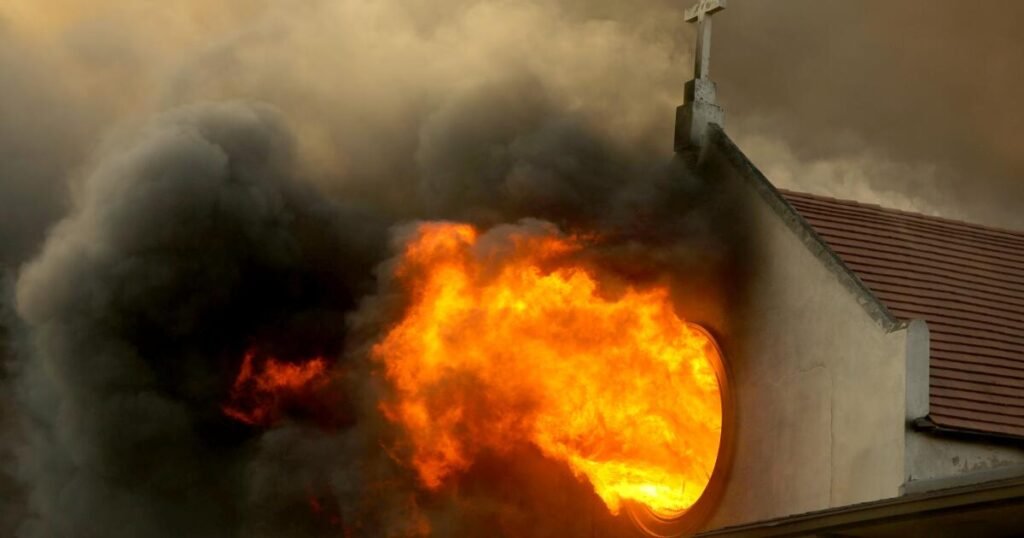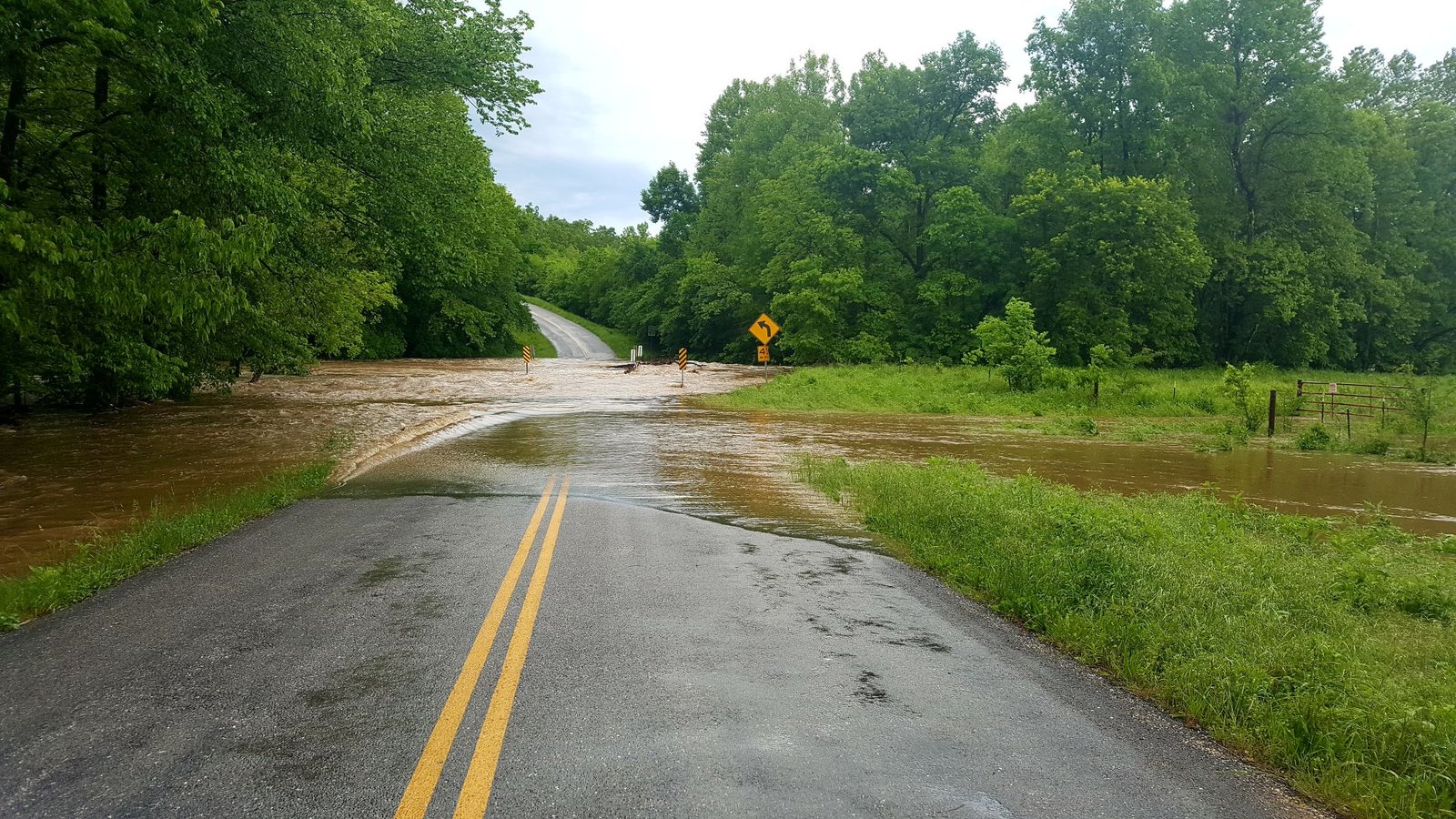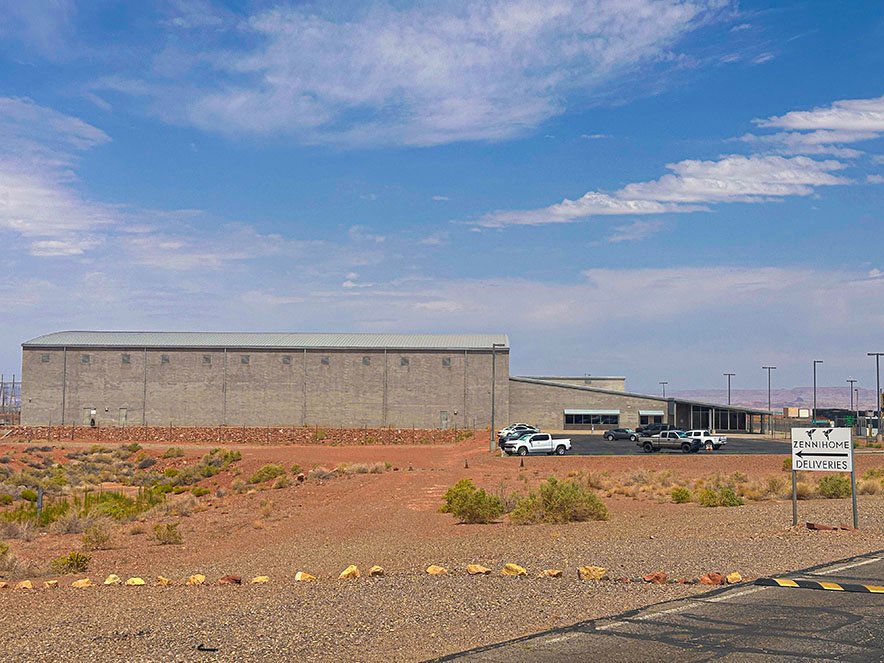Palisades Fire Response Report Released
A report from the Los Angeles Fire Department revealed significant challenges that hampered firefighters’ response to the Palisades fire. This assessment came after federal prosecutors announced the arrest of a man charged with intentionally starting the fire on January 1, which later rekindled into the Palisades Fire.
The 70-page report, released on Wednesday, noted that the fire on January 7 was a continuation of the January 1 incident, which had smoldered underground. Federal investigators indicated that strong winds six days later helped the hidden flames emerge, leading to one of the most costly and destructive fires in the city’s history.
In reviewing the incident, the fire department identified around 100 issues that firefighters faced, including difficulty in pinpointing the fire’s source, an ineffective recall system for off-duty firefighters, and a fire chief with limited large-scale incident experience. It’s reported that many firefighters worked over 36 hours straight during the initial response.
The report indicated that delays in issuing evacuation orders led to unplanned evacuations and blocked roads, hampering efforts to control traffic as the fire spread. Within half an hour, the designated evacuation route became engulfed in flames.
The January 7 fire, which ignited at 10:30 a.m., resulted in the loss of 12 lives and the destruction of thousands of homes, marking it as one of the worst disasters in the city’s history.
An investigation also highlighted that, despite alerts regarding extreme weather conditions, Los Angeles Fire Department officials failed to strategically position fire engines in the Palisades region prior to the incident. Out of more than 40 available engines, only five were deployed to bolster the department’s firefighting efforts.
In previous similar situations, fire engines had been pre-positioned to help combat potential fires effectively.
This story is still developing and will be updated as more information arises.







